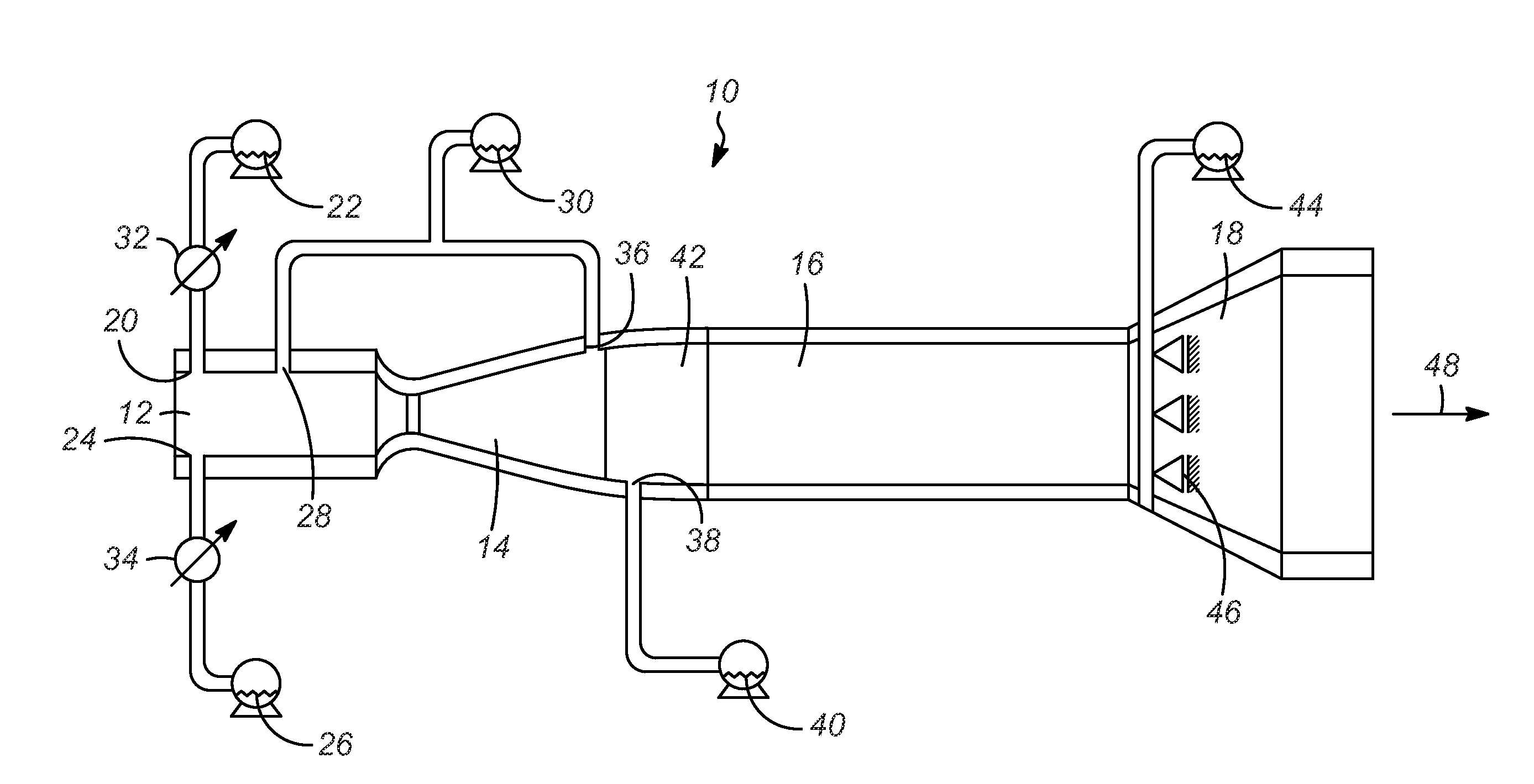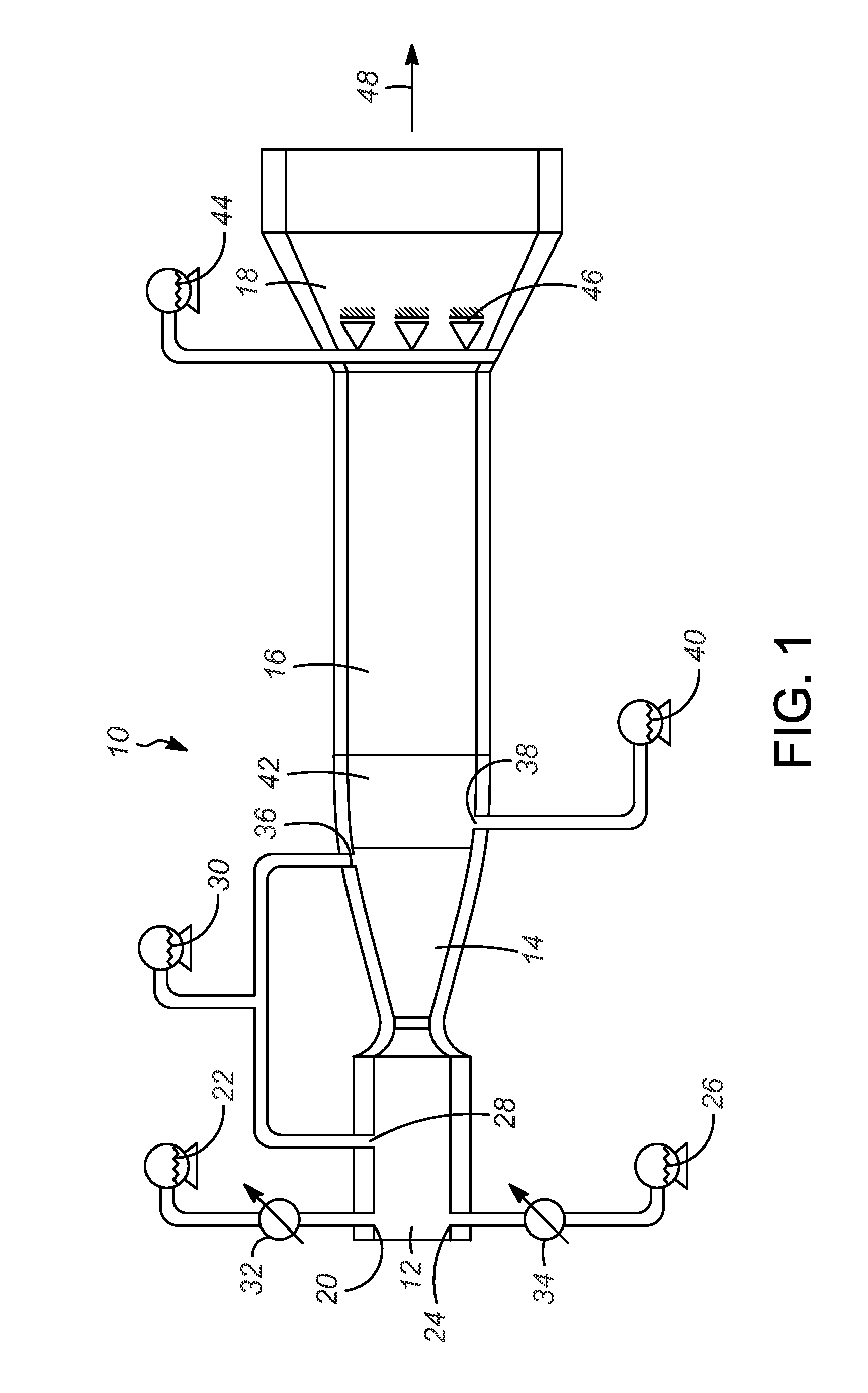Methods and reactors for producing acetylene
a reactor and acetylene technology, applied in the direction of mechanical vibration separation, organic chemistry, chemical/physical/physicochemical processes based on energy, etc., can solve the problems of increasing the cost of appropriate petroleum feeds, increasing the cost of natural gas, and increasing the cost of traditional petroleum feeds
- Summary
- Abstract
- Description
- Claims
- Application Information
AI Technical Summary
Benefits of technology
Problems solved by technology
Method used
Image
Examples
Embodiment Construction
[0010]The following detailed description is merely exemplary in nature and is not intended to limit the application and uses of the embodiment described. Furthermore, there is no intention to be bound by any theory presented in the preceding background or the following detailed description.
[0011]The various embodiments described herein relate to methods and reactors for producing acetylene from methane by a pyrolysis reaction. A fuel is burned with oxygen in a combustor to provide sufficient enthalpy and heat for the pyrolysis reaction, and the combustion gases are accelerated to supersonic speed in a converging / diverging nozzle. The combustion gases serve as a carrier gas, and the acceleration of the carrier gas converts thermal energy to kinetic energy to lower the temperature of the carrier gas below the temperature needed for pyrolysis. Methane is injected into the carrier gas in a reaction zone while the carrier gas is flowing at supersonic speeds. Back pressure is used in the ...
PUM
| Property | Measurement | Unit |
|---|---|---|
| temperature | aaaaa | aaaaa |
| mass percent | aaaaa | aaaaa |
| mass percent | aaaaa | aaaaa |
Abstract
Description
Claims
Application Information
 Login to View More
Login to View More - R&D
- Intellectual Property
- Life Sciences
- Materials
- Tech Scout
- Unparalleled Data Quality
- Higher Quality Content
- 60% Fewer Hallucinations
Browse by: Latest US Patents, China's latest patents, Technical Efficacy Thesaurus, Application Domain, Technology Topic, Popular Technical Reports.
© 2025 PatSnap. All rights reserved.Legal|Privacy policy|Modern Slavery Act Transparency Statement|Sitemap|About US| Contact US: help@patsnap.com


